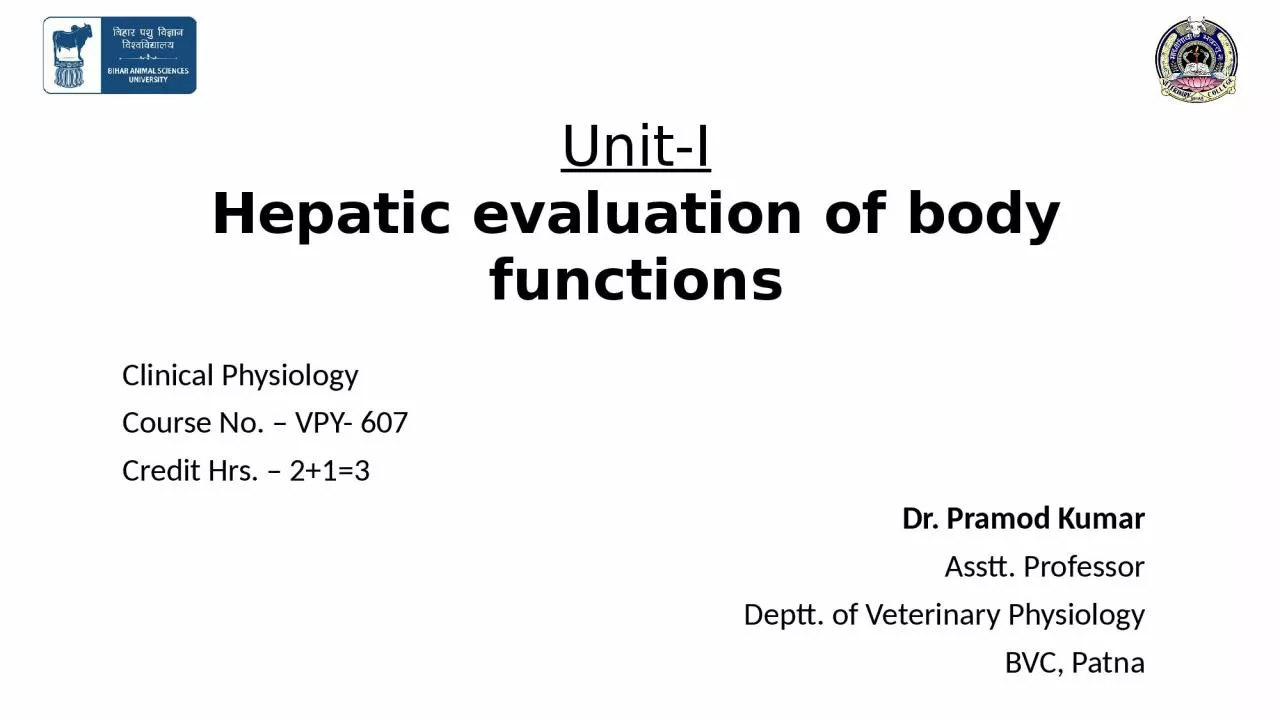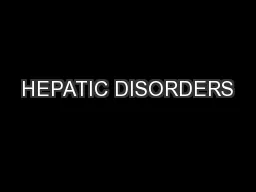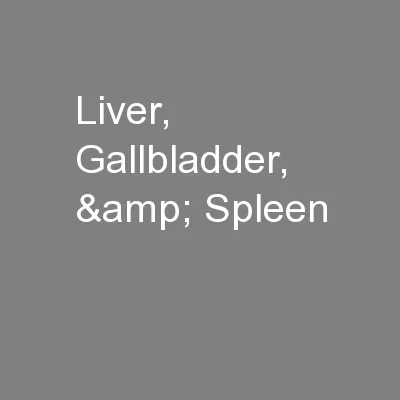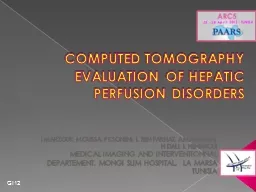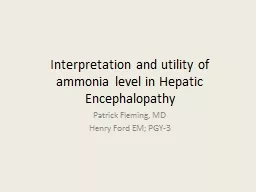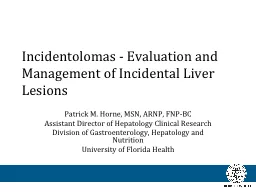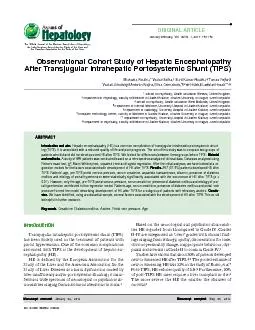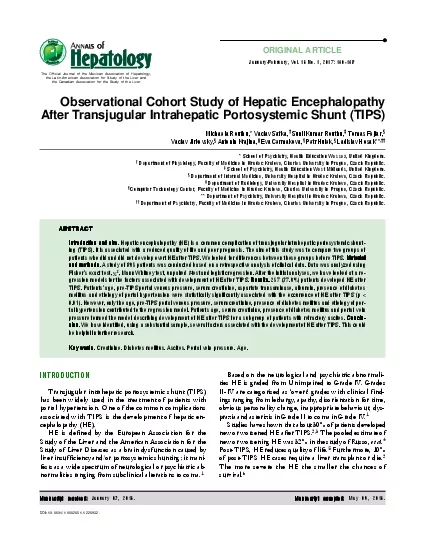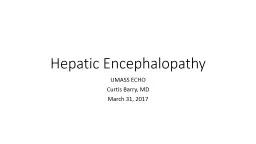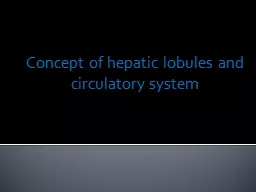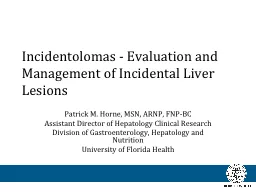PPT-Unit-I Hepatic evaluation
Author : MsPerfectionist | Published Date : 2022-08-03
of body functions Clinical Physiology Course No VPY 607 Credit Hrs 213 Dr Pramod Kumar Asstt Professor Deptt of Veterinary Physiology BVC Patna Hepatic disease
Presentation Embed Code
Download Presentation
Download Presentation The PPT/PDF document "Unit-I Hepatic evaluation" is the property of its rightful owner. Permission is granted to download and print the materials on this website for personal, non-commercial use only, and to display it on your personal computer provided you do not modify the materials and that you retain all copyright notices contained in the materials. By downloading content from our website, you accept the terms of this agreement.
Unit-I Hepatic evaluation: Transcript
Download Rules Of Document
"Unit-I Hepatic evaluation"The content belongs to its owner. You may download and print it for personal use, without modification, and keep all copyright notices. By downloading, you agree to these terms.
Related Documents

